BLOG-Eyes Wide Open and Looking Up
- Published: March 3, 2012
This was a week full of impact…a week in which decisions made would irrevocably change our lives. In this instance, there was no safe, easy choice. Our alternatives were clear departures from what we have now—a settled, secure life—and now we’d lose either settled or secure. Days like these are dreaded; but, as they reveal much about ourselves, they cannot be regretted.
Yesterday, I found myself pouring through a favorite book Pride and Prejudice, a wonderful character study by Jane Austin on a proud woman who in Chapter 35 is confronted with her own folly and for the remaining 26 chapters struggles through the consequences of her misconceptions and the reordering of her whole world. We are not often so confronted, and, when the world shifts beneath us, we look around for anchor. “What are men to rocks and mountains?” exclaims Elizabeth finding solace in nature, a welcome relief from the human drama.
Our family upheaval began on Monday, and so that evening I welcomed the respite of a lecture on tree stewartship by arborist Robert Moore. A plant health specialist with the Green Canopy Group, Moore gave us a clear eyed assessment of the area’s trees. To be honest, Yellow Springs’ report card was mixed. Winter is an excellent time to take stock of our stately neighbors. With their branching free of leaves and clearly visible, one can see the consequence of many years. A healthy tree, Moore told us, tends to have a dominant leader, a single trunk growing upward from which all other limbs branch. Secondary branches allowed to outgrow the leader cause weakness and make the tree susceptible to high winds. Healthy trees have a regular symmetry in their canopy, and their stems gradually resolve from thick branches to thin. Moore showed us many examples of trees under stress and, often, his examples were trees planted too close to curbs or buildings frustrating root growth. He walked us through the process of compartmentalization in which trees isolate their wounds. Small, clean wounds close over almost seamlessly while larger wounds remain as clearly visable scars.
As a home owner and stewart of several trees, I welcome Moore’s council. I am a detail oriented person, and the subtle intricacies of the garden draw my attention. I love trees, but from their majestic scale I take their steadiness for granted. Moore taught me much in this first encounter. In addition to his eye opening assessment, he advocates early investment and maintenance. Site selection is important to give the tree room for its roots to grow, a good 10 feet from any curb he suggests so that its canopy and roots system can grow in equal proportion. Trees should be planted in rich soil so that the root flare is visable above the soil line. Planting a tree too deeply will shorten its life by decades.
In terms of maintenance, pruning, watering through droughts, and protecting the roots keep trees healthy. Roots need protection from compaction. A thin layer of mulch surrounding a tree to the edge of its canopy does much to prevent lawn mower “blight”, and a fence will protect roots from the heavy traffic during construction projects that might otherwise kill well-established trees. Pruning when trees are young promotes a scaffold structure that prevents crossing branches and competition over sunlight. During a drought, trees should get priority in watering over lawns. Due to the fall droughts of 2009 and 2010, many area trees were lost. At our house, we lost a beautiful weeping cherry. The tree’s stress escaped our notice until the spring when it failed to leaf and sap bled from its trunk. Pulling back a competing vine from the tree’s base revealed the canker where the tree blew out in its suffering.
At the end of a favorite rendition of Pride and Prejudice, Elizabeth sits at the base of an ancient tree cradled in its flaring roots as she resigns herself to a deeply felt but lost love. The tree is one of a matched pair that frame her childhood home in a testament to someone’s great skill and care in their early establishment. At the end of this week, our family decided to not uproot ourselves from this dear village. Instead, we hope to cultivate a future here with a sure and as capable hand as that venerable gardener. Hope was not lost, dear Elizabeth; it just needed nurturing.
To contact Robert Moore at the Green Canopy Group, email bobtheplantguy@sbcglobal.net or call (937)313-2440.
The Yellow Springs News encourages respectful discussion of this article.
You must login to post a comment.
Don't have a login? Register for a free YSNews.com account.
Parkinsons.jpg)


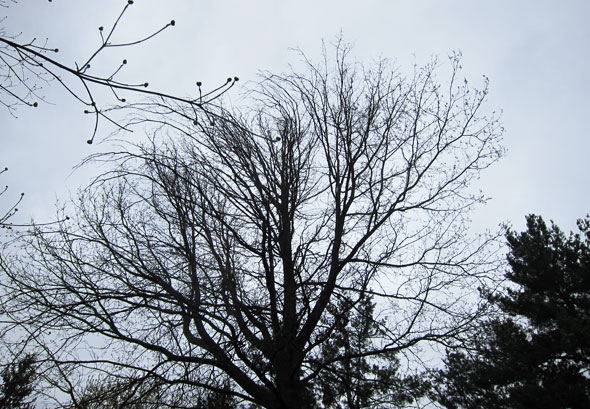

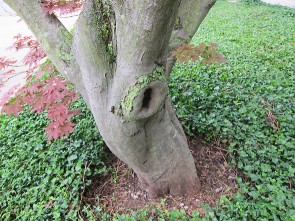
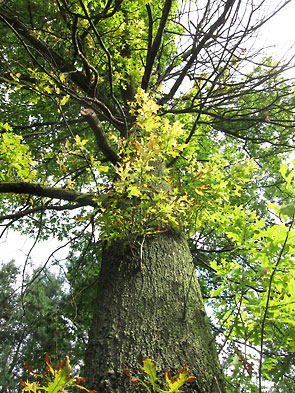
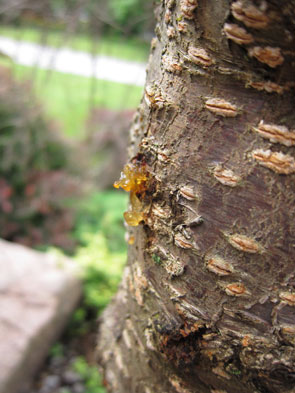
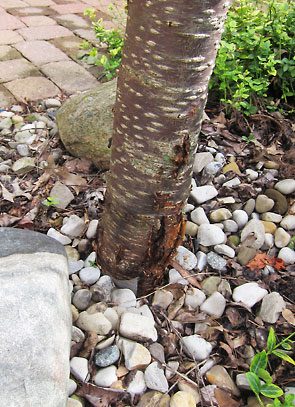
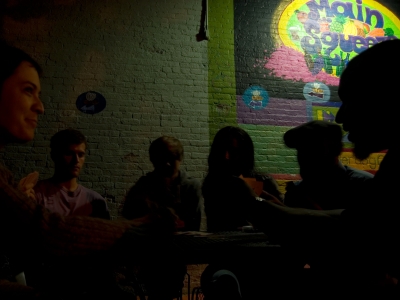










No comments yet for this article.